Ask Aliesh, how the Black face ages, skin health, romantic makeup
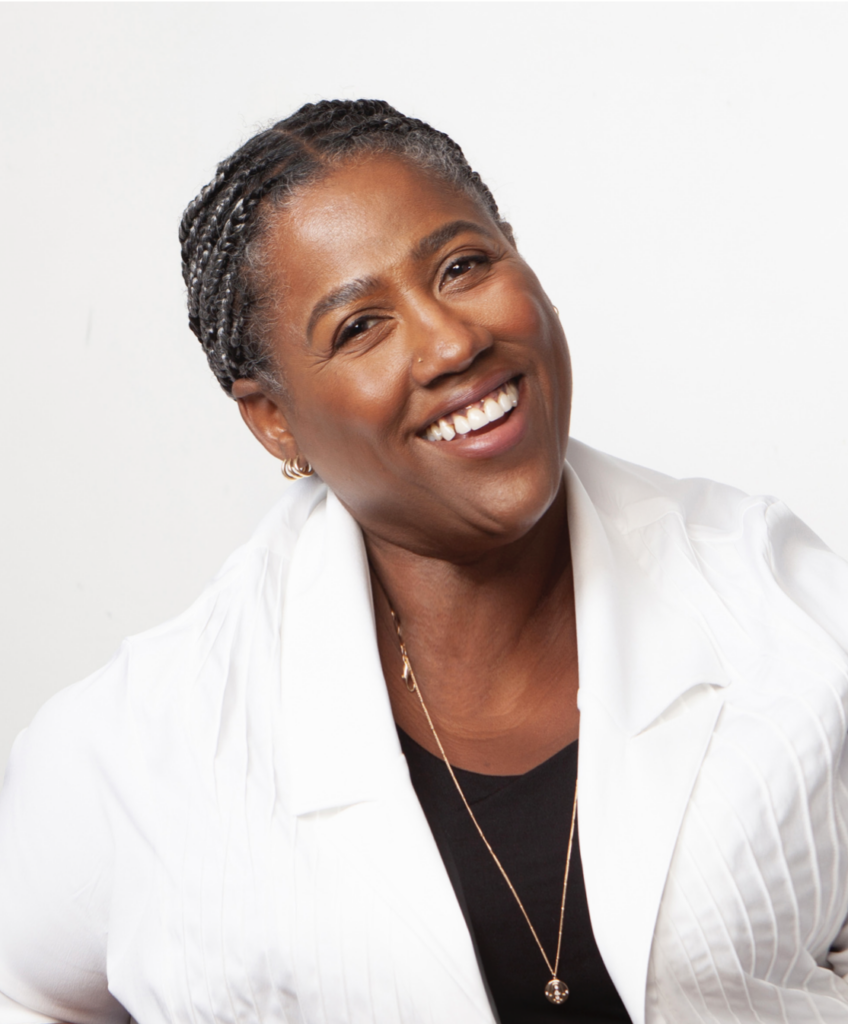
“I’m a By-Any-Means-Necessary kind of esthetician,” says Aliesh Pierce @ASK_ALIESH , speaking from her holistic skincare studio in the Bala Cynwyd section of Philadelphia. “Historically, the esthetics profession has been very wary of Black skin, because there were so few Black clients and even fewer Black estheticians,” she says. “As a result, the industry is only now exploring the specific needs of Black and Brown skin. I devote my practice to re-examining these taboos and opening up more possibilities to pigment-rich skin, and to Black women in particular.”
In addition to operating her studio and her educational platform called AskAliesh, she’s now putting the finishing touches on her own line of 12 skincare products. Aliesh is an internationally respected authority of the health of the skin and has authored her own book on care of what some call World Majority Skin, meaning NOT Northern European (Anglo-Saxon). She’s shared her Ayurveda-based philosophy of skin health as a TEDx speaker, is the director of LearnSkin’s Integrative Esthetician Certificate Program and serves on the advisory board of CORALAI, a skin analysis program using artificial intelligence.
She began her career as a Hollywood makeup artist, and her brushes and sponges have gotten Michelle Obama and Vanessa Williams among others ready for their closeup. “As I worked with makeup, I realized that the foundations and concealers often were not able to perform their best because the person had an underlying skin issue. And if the client was Black, I also knew that inappropriate skin care products were probably part of the problem.”
A quick peek at the word “Ayurveda.” This practice of medicine originated in India five millennia ago. The basic premise is that illness is caused by an imbalance of body and mind. Re-aligning your body’s energy according to your dosha, one of three types of energy and consciousness, will create an integrated, resilient sense of well-being and the ability to rebound after setbacks.
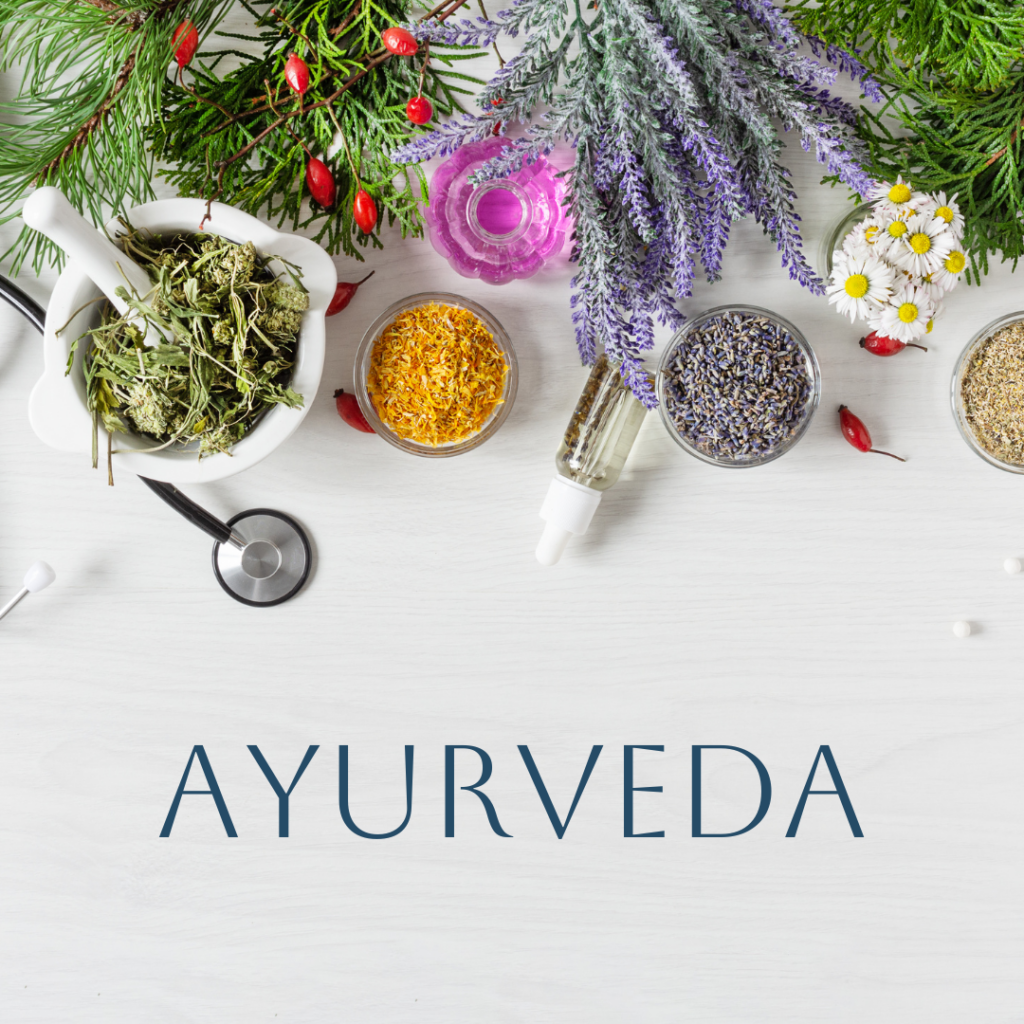
“Ayurveda may not be on the tip of everyone’s tongue,” she says, “but the concept is quite helpful. I use the Ayurvedic approach when treating clients and formulating my products. When I’m working with a clear knowledge of the person’s overall condition, quite naturally the skincare treatments are at their most effective.”
When seeking professional skincare services, from injectables to micro-blading, Aliesh encourages researching the practitioner before committing. “In many places, segregation was the de facto reality for generations, and so Black women had very few options about where to get our hair done, and so on. A lot of unlicensed amateurs working out of their homes because there really was no other choice. This isn’t usually the case in big cities these days. My advice is to really get a perspective on the professional and the salon before entrusting your skin. Get second and third opinions, especially if you’re considering invasive procedures like microdermabrasion or permanent makeup (tattooing).”
Here’s what Aliesh has to say about some of your top skincare and beauty concerns:
HYPERPIGMENTATION
Brightening Update: “Densely pigmented skin, including some First Nations Indigenous, Mediterranean, Middle Eastern, and Asian skin, often begins to show uneven color as we approach and pass menopause. Of course, UV is the main factor, but hormonal shifts also play a role.”
Once hyperpigmentation is underway in your dermis, the process can be difficult to stop. Hydroquinone, a powerful and controversial topical agent that basically puts the brakes on your melanocytes (the cells which produce color in the skin), is considered the gold standard by many dermatologists in the USA when it comes to treating hyperpigmentation. Allure called it “the LeBron James of skin care.” Hydroquinone developed a bad rep a few decades ago and it’s been banned in Europe since 2001 when rodents who consumed the chemical orally responded with forms of cancer. More current studies of the compound revealed that mercury content, not hydroquinone itself, was the culprit in causing severe damage. Aliesh’s “By-Any-Means-Necessary” approach, however, does not include administering this powerful chemical lightener herself (it’s not within her licensure). A dermatologist may use a few short applications to shut down the cascade of melanin production. From there, the key is to prevent any more triggering of melanin production, obviously starting with rigorous sun protection.
To help clients even out their skin tone, Aliesh recommends a multi-prong approach that includes herbal supplements and her Mandelic face cleanser made with Bitter Almond Extract that’s rich in amino acids that calm inflammation. “The goal is a gentle, slow brightening,” she says. She also includes Licorice Extract and other botanical brighteners in her treatments and products. To keep expectations in line, she advises clients that a serious brightening program may require six months of regular treatment, and avoiding the sun is an absolute must.
New Breed of Safer Peels: Aliesh also offers chemical peels, another option which may seem potentially scary. “A peel is definitely an example of a service requiring a skilled professional applying the products,” she says. “Today, chemical peels are less harsh, and have a higher pH than in the past. This means that the products are slightly more acidic, which is great because human skin is mildly acidic. The esthetician you choose needs to possess the knowledge of how to conduct a controlled burn, and this is definitely not something that you want to DIY on yourself at home.”
EYES ON THE PRIZE
EYES ON THE PRIZE
Aliesh quotes Harvard Medical School graduate Susan C. Taylor, MD, FAAC (https://skinofcolorsociety.org/susan-c-taylor-md-faad/) who says, “Black don’t crack, but it sure does sag.” Aliesh explains that the anatomy of many African American faces leads to advanced age appearing initially as mid-face drooping and sagging. She says, “Black people typically have thick dermis, and this thick skin is heavy. When UV damage and hormone loss deplete our skin’s supply of collagen and elastin, the fatty area around the eye will start to slide south.”
Before this decline is visible, Aliesh recommends that Black women pay special attention to the eye orbit, fortifying the area with active formula serums. Perfect for keeping the skin firm and lifted: Aliesh’s products that pair retinol (a powerful form of Vitamin A) with Bakuschi, a botanical ingredient that prevents inflammation. She has no qualms about recommending injectable fillers to perk up an eye area that’s succumbing to gravity’s pull. “Again, you need to find someone with skill and advanced practice. For example, you don’t want the filler injected in the tear trough of the eye. Placement of the filler there creates that weird, cat-lady look.”
CHERISHING WINTER SKIN
Aliesh has traveled, lived, and worked around the world and says, “Winter is dry. It’s dry everywhere, so protecting your barrier is most critical when humidity is low.” She recommends a cream that reinforces what derms call the acid-mantle, that slightly acidic (4.6 or so) top layer of your complexion that shields your vulnerable tissues from topical damage. She suggests her Brahmi cream, which is bursting with ceramides, along with a breathable occlusive, meaning a coating to seal in moisture. “My facial oil containing Turmeric and Fenugreek helps the humectant ingredients collect moisture from the atmosphere,” she says, “and prevents evaporation, without blocking the skin’s ability to shed its natural wastes.”
What about that old standby, Vaseline? “Not my favorite,” she says. “But, hey. It gets the job done. It works on dry lips, cuticles, and even frizzy flyaways on winter-parched edges. Overall, though, I avoid petroleum products because they are too occlusive, meaning that they block the skin’s respiration. This can lead to the formation of milia, which feel like sugar granules, under the skin, especially around the eyes.” She adds that she formulates with whole-plant phytoactives, which are self-explanatory, versus just using a part of the plant. “Using the whole plant gives you a more complex treatment,” she says. “So you can address multiple issues with one ingredient.”
ROMANTIC MAKEUP TIPS
Let’s start with brows. “Brows are the frame of the face,” says Aliesh. They have to be just right, and this is an area a lot of women struggle with. The brows you had at 25 or 35 usually don’t look right two or more decades later. “Many Baby Boomers plucked their eyebrows to death,” she chuckles. “After decades of tweezing, the follicle will just give up the ghost. So, what you may have at 50 or 60 is a few random patches or no brow at all.”
Choosing how to groom or even recreate an attractive brow depends upon your taste and esthetic. “Big, lush brows have been the trend now for 40 years. This look often is best on a young face, and on a face where the eye orbit is very large, and the eyes are wide apart.”

Example: Alexandra Ocasio Cortez
AOC’s eye sockets are large, allowing her to look great with a heavy, dark, defined brow. “If your eye is small,” warns Aliesh, “that heavy, dark brow will make your eyes look smaller, and you may look tired or even angry to other people. The same is true of false eyelashes. How many to wear and how to arrange them on the lashline depends on the size, shape, and angle of your eye and browbone. Small eyes get overwhelmed with too much bushy natural foliage.”
For a face that’s made 50-plus trips around the sun, a sparse brow may not be such a bad thing. “It all depends upon how you want to look. What’s your statement? If you want a theatrical, glamorous, dramatic look, well then a dark, heavily arched brow may be perfect for you. But usually, I do a brow that’s lighter than the hair, and I work the fade, where the head of the brow is softer and not as dense as the arch and the tail. This is a relaxed, soft look for a mature face.”
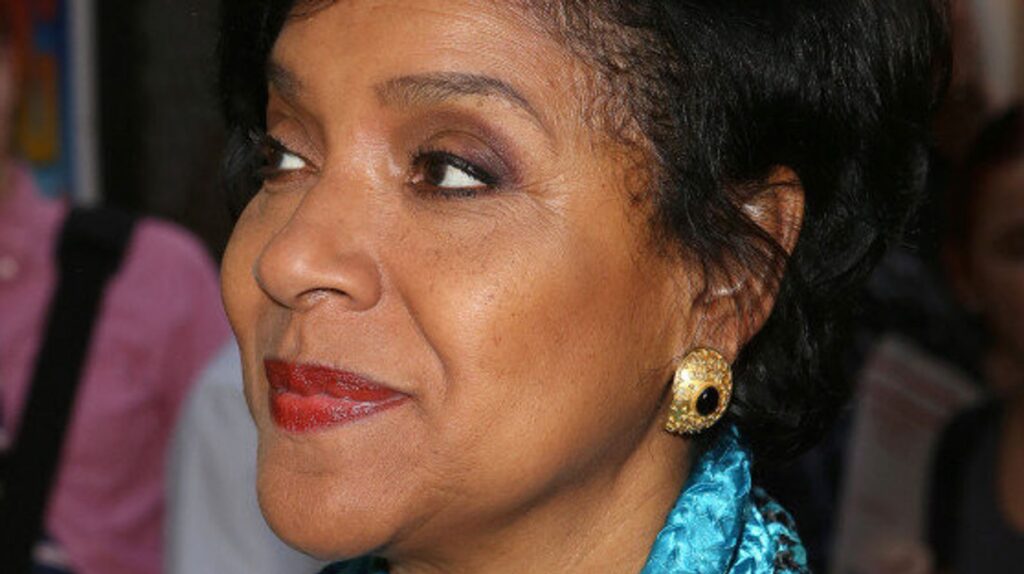
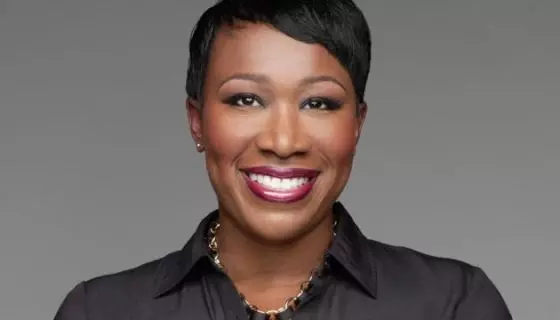
If your brows look a little severe to you, swap your pencil or crayon for powder. Brow powders are marketed as such, but you can also use an eyeshadow in the taupe, gray, and earthy-brown spectrum (eyeshadow will be cheaper, and may not last as long). With a tiny brush, swoop the powder over your brow arch to create a brow shape you like. Leave the widest end, nearest your nose, lighter in color, making the brow subtly darker as you move away from the center of your face. Use a dampened Q-tip to clean up the shape. Then pass a fluffy brush with translucent face powder over your brows to set them.
Aliesh recommends that 50, 60, 70-year-olds skin avoid trends like cat eyes and glitter, but again, she says, these are personal choices. “Glitter tends to get stuck in fine lines and creases. I usually don’t use it on the face, but it can be gorgeous on the collarbones, especially if you’re wearing a portrait collar or off-the-shoulder top, and of course in the hair.”
And then there are lips. The shapely, full lips of Black people are iconic cross-culturally — but you may be disturbed to notice that menopause and the aging process cause your lips to…shrink??? “It’s true,” says Aliesh. “Again, injectables can keep the plumpness and contour, and that’s a very safe, very easy procedure.”
For the woman who covets Riri’s philtrum: first, know that “philtrum” — that vertical groove under your nose, leading to your upper lip– means “love charm,” from the Greek “philtron.” In the case of Riri, that fierce cleft looks like it was carved with a very sharp knife. No doubt her super-defined Cupid’s Bow is genetic, but you can make your lipline more defined by drawing an X in the middle of your upper lip, in a pencil slightly darker or brighter than your natural vermillion (the pigmented part of your lips). Aliesh also recommends taking a very thin brush and running a line of concealer around your lipline to create more contrast.
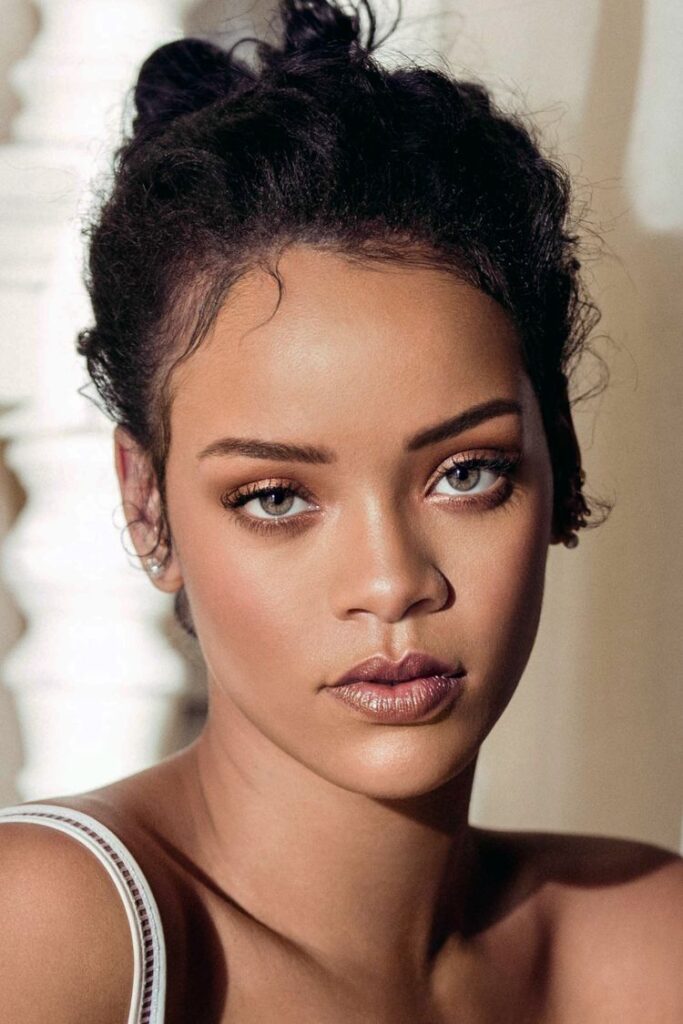
“How much you want to do in terms of cosmetic surgery and fillers and even makeup is a really subjective choice,” she says. “I think that one of the best things about getting on in years is that we answer to fewer people. I love that confidence. My interest is creating products that keep the skin healthy, and so makeup looks better, the client feels better about herself, and the world can witness how beautiful we are.” #
- Website: www.askaliesh.com
- Instagram: ASK_ALIESH
- Facebook: www.facebook.com/askaliesh/
Thanks for reading! We would love you to leave your favorite tip in the comment section!
Be the first to comment